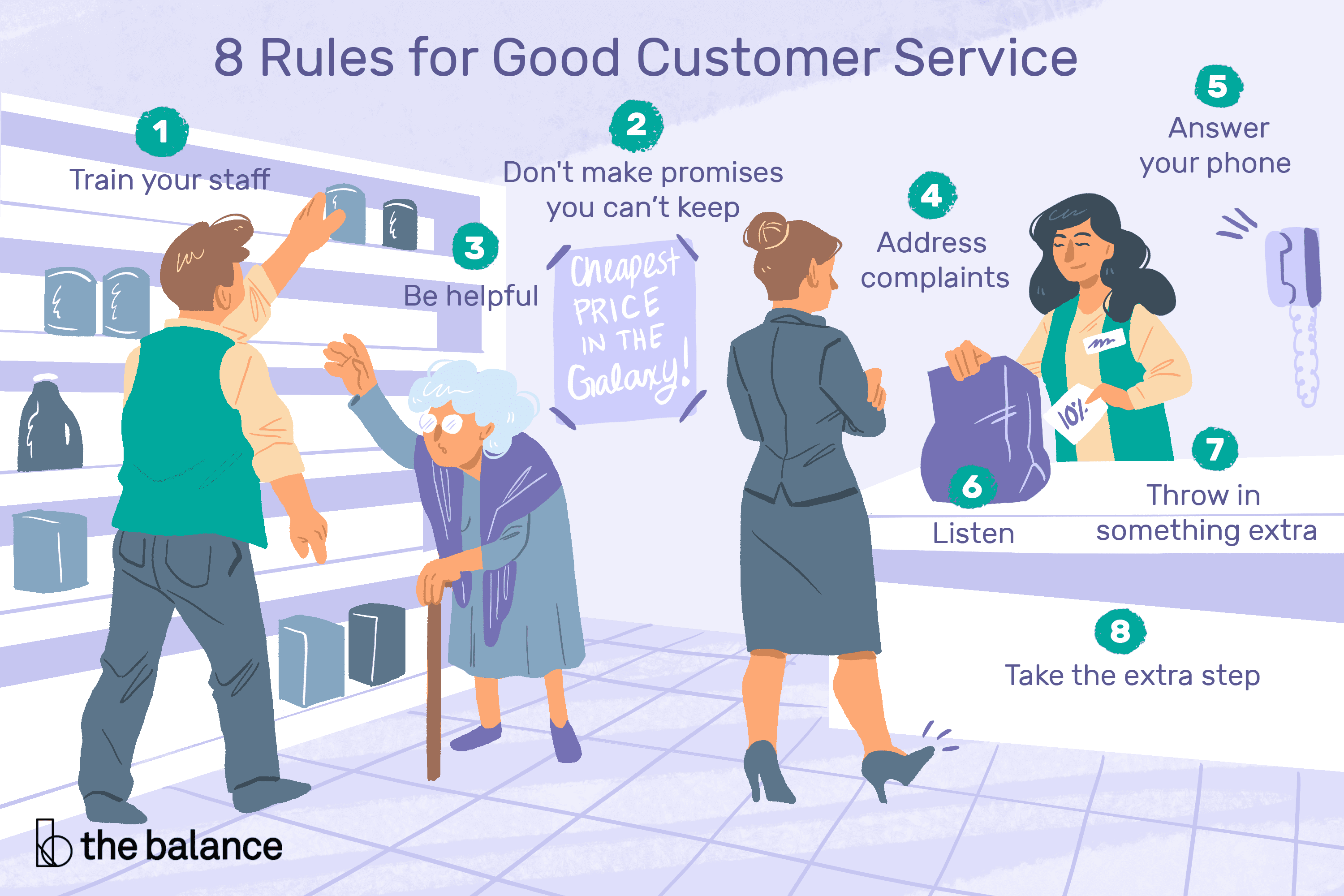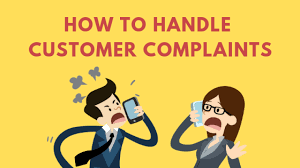Customer Service Level 1 VESAUFS2106 Alison Moore
Weekly outline
-
Information taken from the course information sheet
-
Introduction and Welcome to the course
This week I will be introducing you to Customer Service Level 1.
We will look at:
Course content and structure
How to use Moodle
What is Customer Service?
-
Outline reasons why good customer service is important for an organisation.
-
Click on the link to see our Learner Handbook which includes lots of useful information about studying with ACL
-
This week we will be taking a closer look at customer service skills.
What are the individual skills you need to able to serve customers and how do you know if you are good at them?
-

Think about the examples of good customer service we looked at and discussed in class. Use the space below to dentify 3 examples of good practice.
-
Outline how poor customer service can impact on:
the organisation
customers
staff
-
-
 This week we will be looking at how to make a good first impression.
This week we will be looking at how to make a good first impression.You never get a second chance to make a first impression and in a customer facing role you are often representing the face of the company. If the first impression the customer gets is a poor one because of your appearance or behaviour you may lose that customer and it's your responsibility to make sure that customers have a good impression and want to come back.
-
Outline why it's important create a good first impression to customers.
-
-

This week we will continue to look at how to make a good first impression but this week we will focus on how to do that on the telephone and in writing.
-
Give examples of how to create a positive first impression when communicating with customers:face to face,on the telephone,in writing.
-
-

This week we are taking a closer look at communication skills, and what it means to communicate appropriately with customers.
The way we communicate is the key to providing a good service and to creating successful customer relationships.
When we communicate successfully with customers the experience becomes enjoyable - for them and for us - so it's a skill well worth having that will sustain you throughout your career.
-
Identify 3 appropriate and 3 inappropriate ways of communicating verbally with customers and say why they are.
Give examples of types of non-verbal communication.
-
Create a text box to describe the body language of the person for each card.
-
-
This week we will be looking at how to respect customer's needs and taking a closer look at confidentiality.

-
Outline Ways in Which you can Identify individual customer needs
-
-
This week we are continuing to look at customer's needs and focussing on individual needs.
-
Outline the ways we can respect individual customer needs. Think about how the principles of equality and diversity help you to meet the individual needs of customers.
-
-
 This week we are turning our attention to customer complaints, looking at the most common types of complaint and what consumer legislation says we need to do about them.
This week we are turning our attention to customer complaints, looking at the most common types of complaint and what consumer legislation says we need to do about them.-
What are the most common types of customer complaints?
-
-
This week we will carry on learning about how to handle customer complaints
-
This is the final week of our course. Well done to everyone who has made it this far!
This week we will be making sure all our work is ready for assessment, completing our final reviews and learner feedback forms.
-
Answer the questions here to look back at the progress you've made so far. You will have the opportunity to have a 1-1 with your teacher to discuss how you've got on and talk about your plans for your next steps.
-
-
This section contains all teaching resources for the course and is only available to tutors and staff. Learners do not have access to this section.
-
